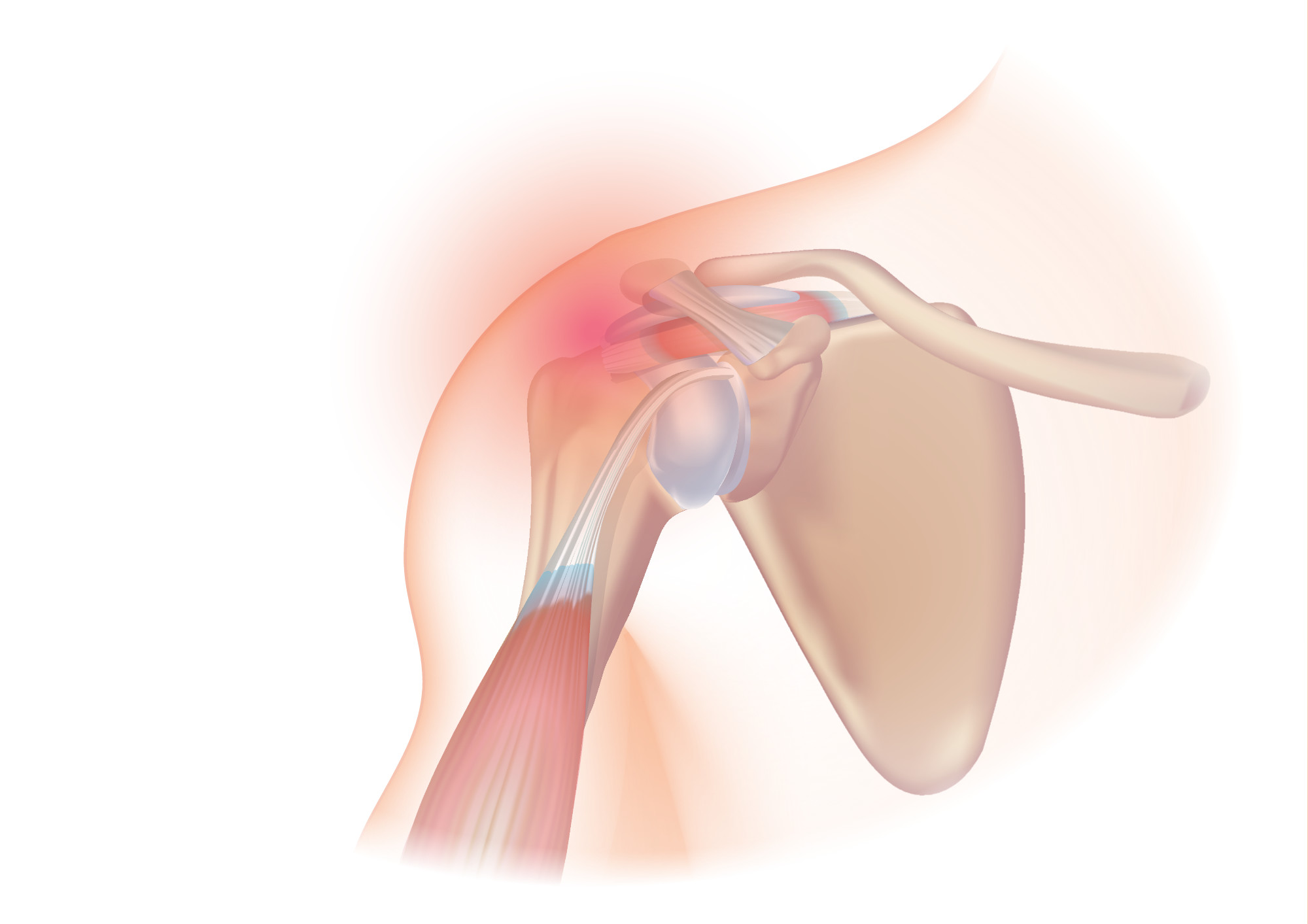Mobilization with movement & kinesiotaping compared with a supervised exercise programme for painful shoulder
Posted on 22nd January 2014 by Tyler McClurg

Introduction
It is estimated that nearly 7.5 million Americans are currently suffering from shoulder pain. This pain can present itself in a variety of ways but ultimately can prevent these people from performing the activities that they do on a daily basis like getting dressed, washing their hair, or reaching into a cabinet. There are many surgical and non-surgical approaches to treating shoulder pain and this article addresses and compares two conservative non-surgical techniques.
Djordjevic OC, Vukicevic D, Katunac L, Jovic S. Mobilization with movement and kinesiotaping compared with a supervised exercise program for painful shoulder: results of a clinical trial. J Manipulative Physiol Ther. 2012;35(6):454-63.
So what did they look at?
The purpose of this study was to compare the efficacy of mobilization with movement and kinesiotaping with a standard exercise program for individuals with shoulder pain. Kinesiotapng is the use of elastic tape to treat athletic injuries and a variety of physical disorders, in this case shoulder pain. Twenty subjects were randomly assigned into two groups (MWM and KT vs exercise). Inclusion criteria for the study was having a rotator cuff tear and/or shoulder impingement syndrome that was diagnosed by a physician. Exclusion criteria included shoulder fractures or dislocations, surgery in the last 12 months, frozen shoulder, complete rotator cuff tear, pain that comes from the neck or arm, and anyone who has received anti-inflammatory therapy within ten days of the study. Patients in the MWM and KT group received posterolateral glides in the involved shoulder for 3 sets of 10 repetitions everyday for 10 days. The kinesiotape was applied to this group after baseline range of motion testing and was worn for the entire ten days of the trial. The supervised exercise group performed shoulder pendulums, pain-free active range of motion, and static strengthening exercises for the shoulder and shoulder blades in all directions. One set of ten repetitions was performed for each exercise.
What was measured?
The measures that were used in this study were pain-free active range of motion with raising the arm in front of the body and to the side of the body. These measures were taken at baseline and then at day 5 of the study and day 10 of the study.
Results
After ten days the study found that while both groups showed significant improvement in pain-free shoulder abduction AROM the group that received Mobilization with Movement and Kinesiotaping had greater improvements with pain-free shoulder flexion AROM.
Limitations
I found this study to be very interesting but it had some significant limitations that I feel should have been addressed. The first being the group assignment. I feel that a third group should have been included that received mobilization with movement without kinesiotaping to determine KT’s effects on the outcome of this study. I also think it would have been useful to include more outcome measure specifically a questionnaire like the Shoulder Pain and Disability Index (SPADI) or the Disability of Arm, Shoulder, and Hand (DASH) to address activity of daily living limitations. Having only 20 participants and limited time to be able to perform exercises were other concerns I had of this study.
So what do I choose?
Based on the results of this study and my personal experiences as a student physical therapist I would use mobilization with movement as a tool when treating patients with shoulder pain. I believe that this article warrants further research to help determine the efficacy of using kinesiotaping along with manual therapy.
Reference
Djordjevic OC, Vukicevic D, Katunac L, Jovic S. Mobilization with movement and kinesiotaping compared with a supervised exercise program for painful shoulder: results of a clinical trial. J Manipulative Physiol Ther. 2012;35(6):454-63.




No Comments on Mobilization with movement & kinesiotaping compared with a supervised exercise programme for painful shoulder